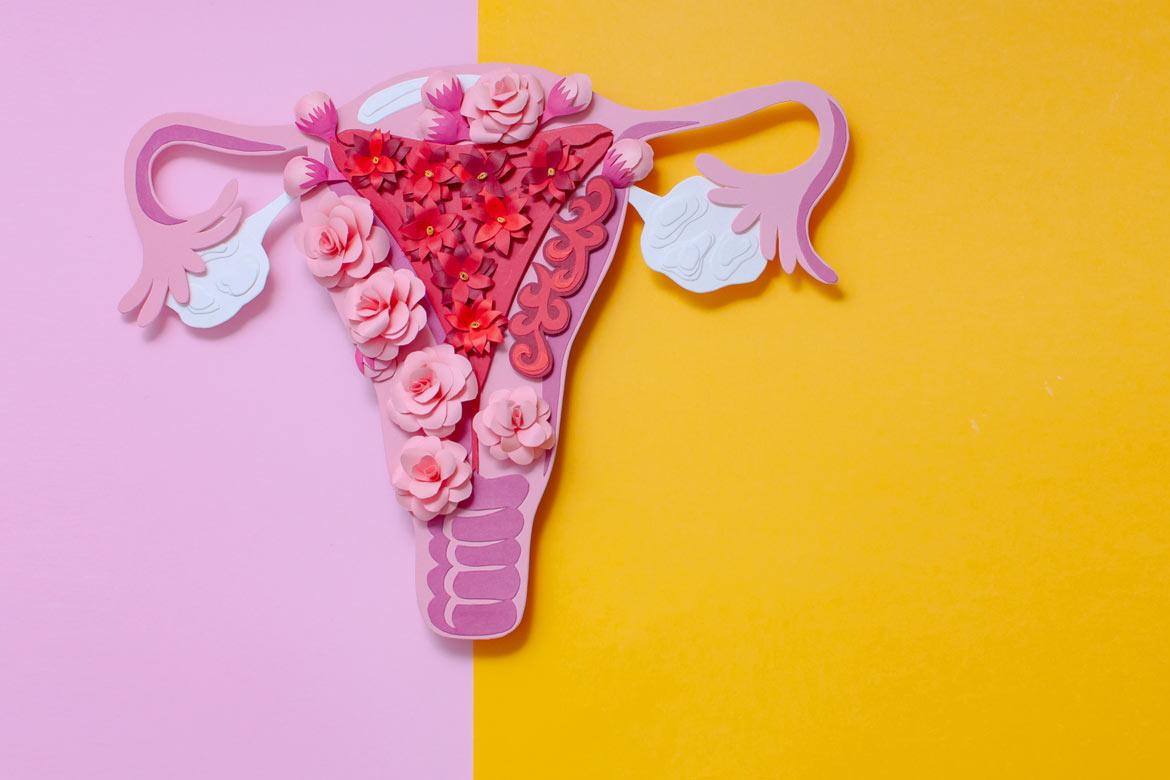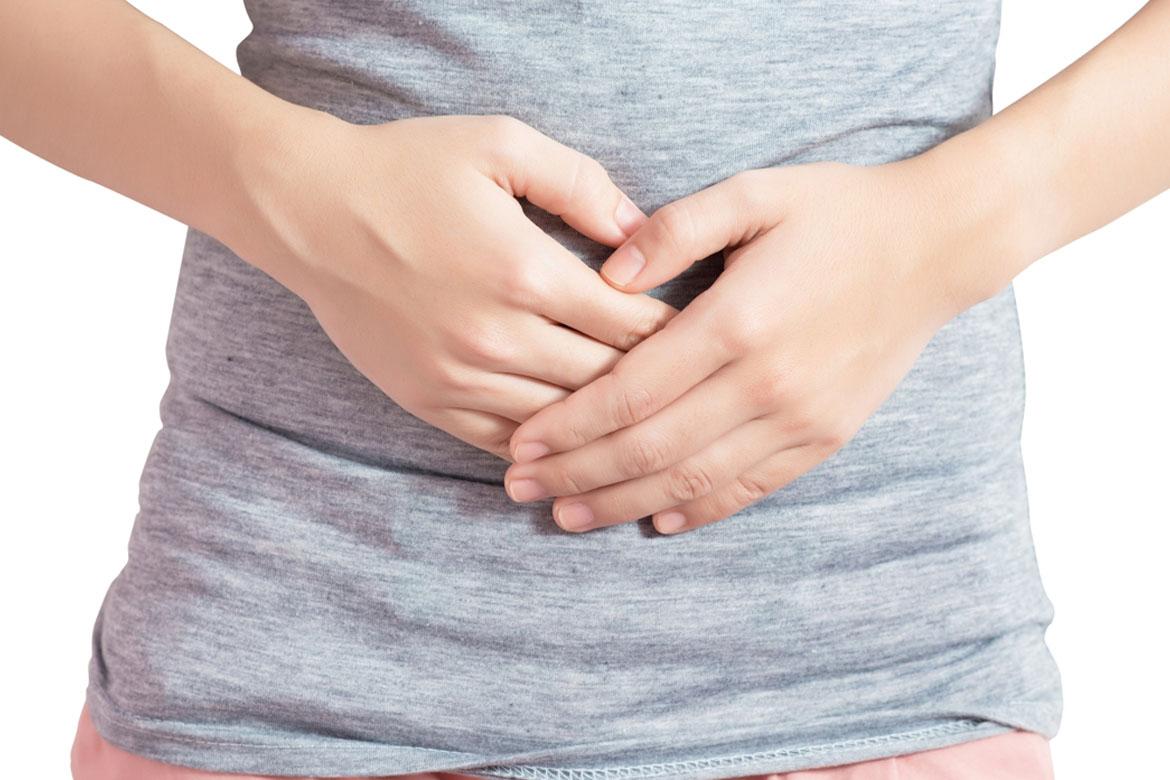-
-
Featured Care Areas

Uterine Fibroid (Myoma)
How are uterine fibroids diagnosed?
Uterine fibroids are usually detected through a pelvic examination.
After the pelvic examination, your doctor will also recommend tests to confirm the initial diagnosis and explore treatment options.
These diagnostic tests include:
Ultrasound scan
An ultrasound scan uses sound waves to create an image of your uterus and ovaries. It is a safe and effective way to detect uterine fibroids.
The procedure usually takes 30 – 60 minutes.
Saline hysterosonography
This test is ideal for examining submucosal fibroids and polyps. Your doctor will insert a small catheter through your cervix. The doctor will then inject sterile saline into your uterus before ultrasound images are captured.
This test typically takes about 30 minutes.
Magnetic resonance imaging (MRI)
An MRI gives a more detailed image of what is inside your uterus. It identifies the exact location of the fibroids as well as their quantity and size.
Your doctor will likely recommend an MRI if your treatment involves uterine artery embolisation.
This test takes about 45 – 60 minutes.
Hysteroscopy
During a diagnostic hysteroscopy, a speculum is inserted into your vagina. A hysteroscope is then carefully inserted through the cervix into the uterine cavity.
Your doctor will inject sterile saline through the hysteroscope to inflate the uterine cavity. This allows images of the openings of the fallopian tubes and lining of your uterus, polyps, and fibroids to be viewed on a screen.
This test usually takes 30 minutes.
How are uterine fibroids treated?
Your doctor will discuss treatment options with you based on your age, general health, medical history, size of the fibroid(s), and your desire for future pregnancy.
Medications
Your doctor may prescribe these medications:
- Progesterone to counteract the excess oestrogen
- Gonadotropin-releasing hormone to stop oestrogen production in the ovaries. This can delay fibroid treatment until after menopause, when symptoms are less severe or have disappeared completely. The hormone can also be used to shrink the fibroid before surgery.
- Non-steroidal anti-inflammatory drugs. Your doctor may also prescribe these medication to relieve mild pain related to uterine fibroids.
Medications do not get rid of the uterine fibroids, but may help to shrink them. The medicines can also treat fibroid symptoms like heavy menstrual bleeding and pelvic pain by targeting the hormones which regulate your menstrual cycle.
Surgery
Your doctor may also recommend surgery as a treatment option.
Traditional surgery:
- Abdominal hysterectomy. It removes the uterus through the abdomen (belly).
- Vaginal hysterectomy. It removes the uterus through the vagina. This procedure may be suitable for those with smaller fibroids.
- Abdominal myomectomy. It removes the fibroid from the uterus through the abdomen.
Minimally invasive procedures:
- Uterine artery embolisation. This blocks blood supply to the fibroid to shrink and destroy it.
- Laparoscopic-assisted vaginal hysterectomy. This removes the uterus via keyhole surgery.
- Endometrial (inner layer of uterus) ablation and resection. This removes the lining of the uterus.
MRI-guided focused ultrasound surgery (FUS):
- This non-invasive treatment is performed with you lying inside an MRI scanner. Through the images seen on the scanner, your doctor can see the exact location of the uterine fibroid.
- Once the fibroid is found, the ultrasound transducer uses sound waves to heat and destroy the fibroid tissue.
- This procedure requires no incision. It is usually done on an outpatient basis.
Treatment options if you are trying to get pregnant
If you plan to get pregnant, your doctor will likely ask you to undergo a complete fertility evaluation.
If fibroid treatment is necessary for your condition, your doctor will discuss with you the treatment options to preserve your fertility. Find out the benefits and risks of each option.
For example, the following treatments may not be recommended if you are planning for a baby:
- Hysterectomy
- Endometrial ablation
- Radiofrequency ablation
- Uterine artery embolisation
Myomectomy is usually the preferred treatment for uterine fibroids if you still wish to get pregnant.
Make an appointment with our obstetrics and gynaecology (O&G) specialists to discuss your goals and treatment options.
This page has been reviewed by our medical content reviewers.
Need help?
For enquiries, please call
+65 6377 3737
For appointment bookings, please WhatsApp
+65 8111 3777








